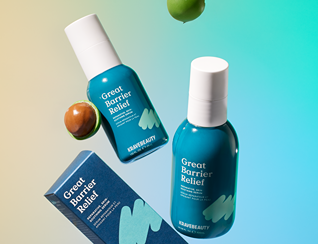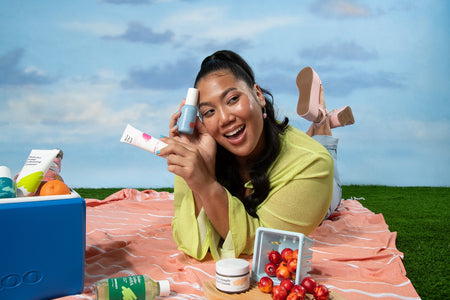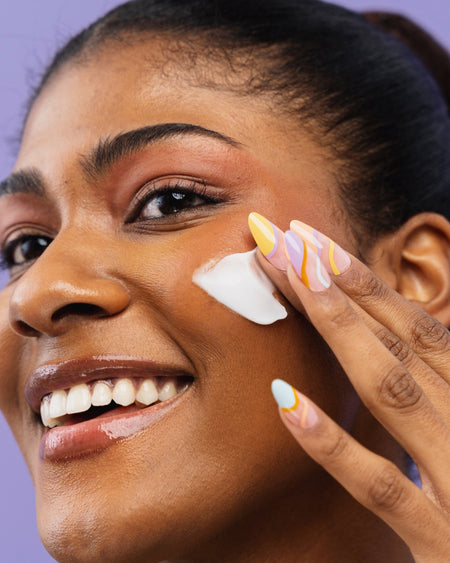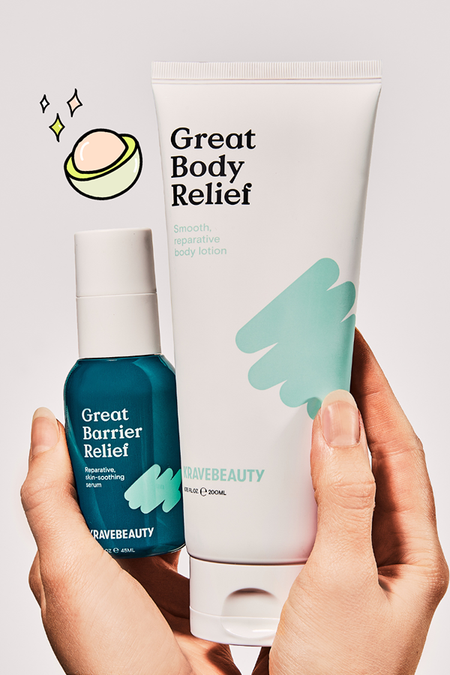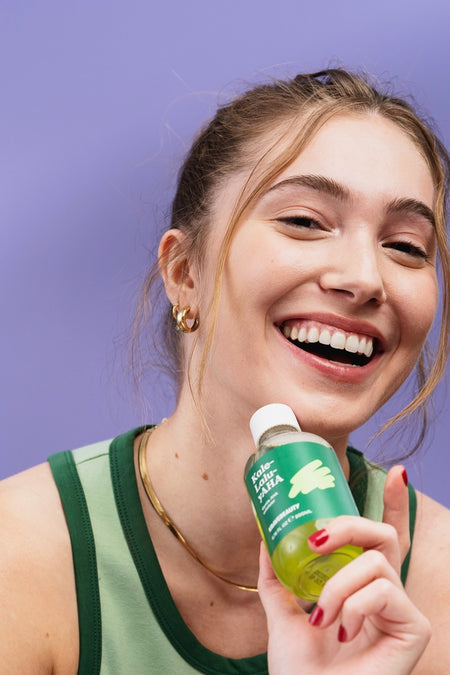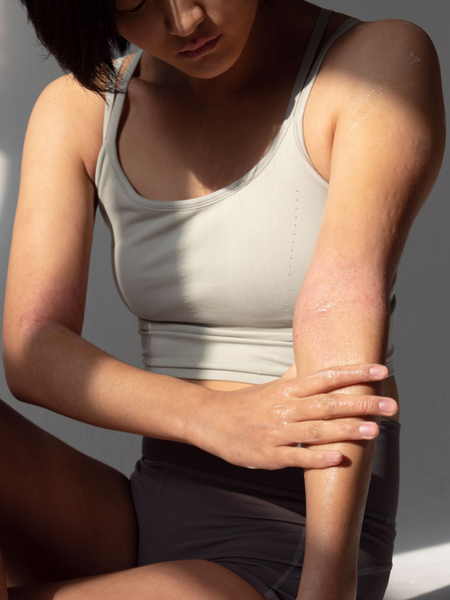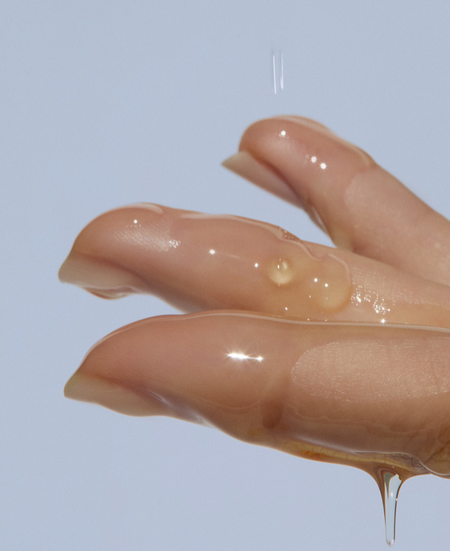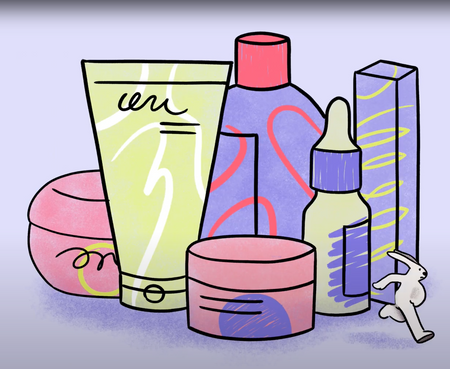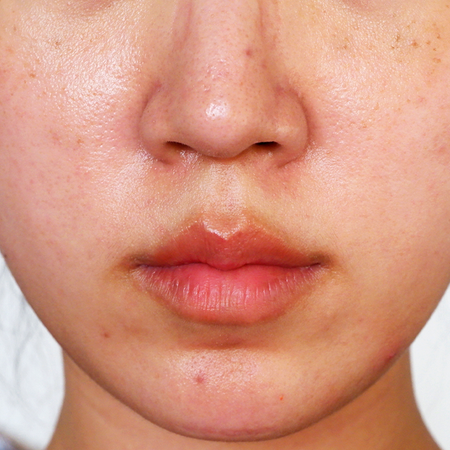Acne Series: Fungal Acne

Do you have little itchy bumps that never seem to go away? Do they tend to get worse in hot and humid weather?
If this sounds familiar, this one’s for you! As we continue our Acne Series, we finally break down what those little bumps actually are. Commonly referred to as “fungal acne,” Malassezia Folliculitis isn’t acne at all and requires an entirely different approach than regular acne.
Well if it’s not acne, then what is it??
Malassezia Folliculitis (MF), is caused by the overgrowth of yeast on our skin. These oil-loving fungi are commonly found in normal human skin, however there are several factors that can lead to their overgrowth like hot and humid conditions, oily/greasy skin, as well as immunosuppression. This then leads to an infection of the hair follicle which causes our skin’s immune system to come into its defense leading to inflammation.
What makes it different?
- The Culprit
- Fungal acne is caused by an overgrowth of fungi, while regular "acne" is caused by bacteria. They might look the same on the outside, but they couldn't be more different.
- Acne = Bacteria -> Acne
- Malassezia = Fungi -> Malassezia Folliculitis (MF)/Fungal "acne"
- The Lesion
- Size: MF lesions bumps are generally smaller and are of the same size (monomorphic) while regular acne are less predictable and range from 1-3 mm papules/pustules
- Signs: It can feel itchy and especially exacerbated after sweating/increased skin temperature
- Location: MF mainly concentrates around the T-zone, forehead, hairline, back, and chest where you have the highest oil gland activity
Their similarities
Both Malassezia and P. Acne love oil. Overproduction of sebum is one of the major causes of acne, that’s why it is very common for MF and Acne Vulgaris (regular acne) to coexist in the same area at the same time.
MF is commonly misdiagnosed as Acne Vulgaris.
It is common for even the most trained dermatologists to miss the diagnosis of MF. When they coexist with Acne Vulgaris, it can be hard to distinguish them just by looking at it since the regular acne can “cover up” the typical MF lesion characteristics.
It is extremely important to differentiate MF since regular acne treatment such as Benzoyl Peroxide or oral antibiotics (prescribed by your doctors) can cause your fungal infection to worsen.
So, how do you know if you have MF/ Fungal acne?
- The best way to check if you have it is by going to a dermatologist and request for a fungal infection check. They will scrape/extract a part of the lesion and look at it under the microscope.
- The acne medication you’ve been using for a long time doesn’t work or progressively makes it worse.
- Testing how your skin responds to topical treatments, which we will discuss further below.
How to treat MF
MF is caused by fungi, which means it should be treated by antifungal medication.
- Ketoconazole 2%
This antifungal agent can be easily found in drugstore anti-dandruff shampoo (such as Nizoral, Ketoconazole 1%). You can use it by applying the shampoo on your damp face (yes, you read it right) - just like a wash-off mask, leave it on for around 5 minutes before rinsing it off. You can use it every night or once every two nights for 2-4 weeks and see how can change your skin.
- Zinc Pyrithione 1% or Selenium Sulphide 2.5%
Another antifungal agent you can also find in anti-dandruff shampoo (such as Head & shoulder) and can be applied just like ketoconazole (see above).
- Sulfur
This treatment can be both effective for fungal AND bacterial acne! You can apply this as a sulfur wash or as a sulfur spot treatment.
Once the episode is over, these treatments can be used for maintenance to prevent future outbreaks.
Skincare tips for MF
There are some ingredients in your skincare products that might indirectly feed and exacerbate MF. Remember to #pressreset on your skincare game when you’re having MF. There are quite a few notable ingredients that should be avoided:
- Oils and fatty acids (Example: Lauric, Palmitic, stearic, oleic, linoleic acid, etc)
- Fermented ingredients (Example: Galactomyces)
Skincare ingredients that are great and have anti-fungal properties:
- Honey/Propolis extract
- Green tea extract
- Salicylic Acid (BHA)
Extra tips: Do not over-moisturize your face especially during hot and humid weather. Fungi LOVE humidity, applying multi-step hydrating products can support their growth.
Lifestyle tips for MF
Here we list some extra tips that you can do to help alleviate MF:
Increased skin temperature increases inflammation and sebum production which indirectly leads to Malassezia overgrowth. Heat is sometimes inevitable, but try to avoid steaming hot saunas and sunbathing. You can also use cold rollers to cool down your skin temperature.
Don’t forget to wipe or rinse off your sweat right after exercise.
This is especially important if you’ve been dealing with MF around your chest and back. Those damp sweaty shirts and sports bras become their favorite place to live.


